The abandoned border crossings in Europe
In 1995, the Schengen agreement revolutionized travel across Europe, liberating movement between seven countries. Since then, the Schengen Area has expanded, and today, 26 countries share a standard visa policy and have abolished border controls. As a result, many former border checkpoints have been abandoned, offering a glimpse into Europe’s evolving political and economic landscape. Spanish photographer Ignacio Evangelista embarked on a captivating project called “After Schengen,” capturing the essence of these abandoned checkpoints and their significance.
#1
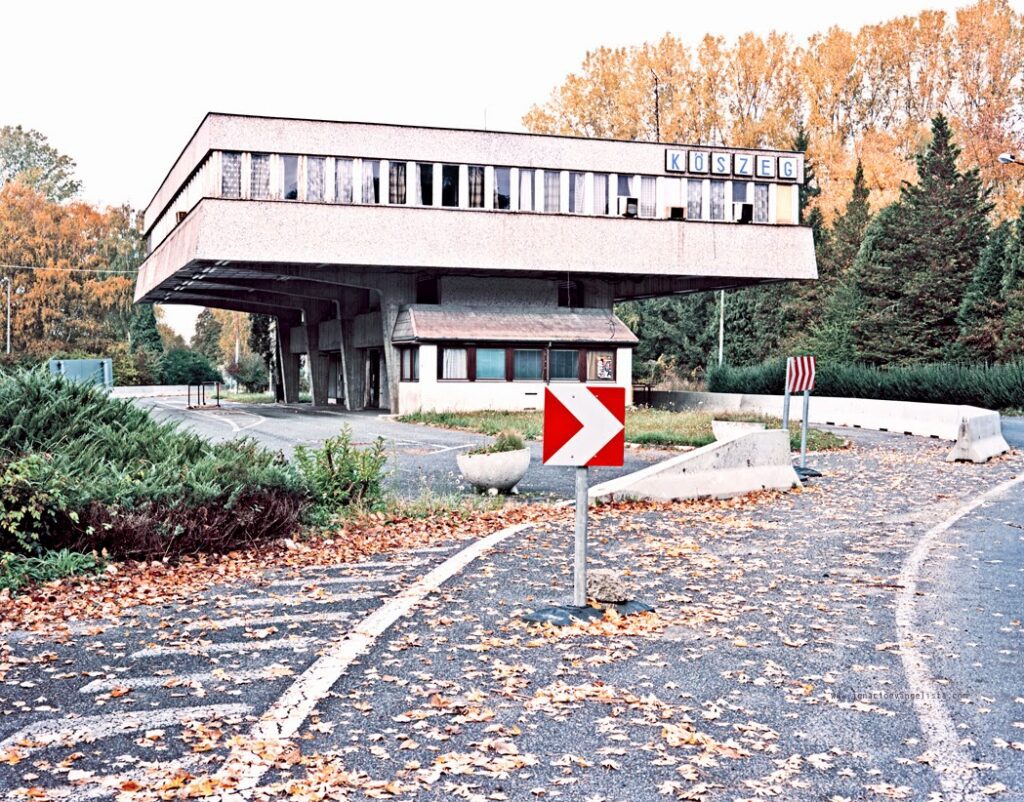
#2
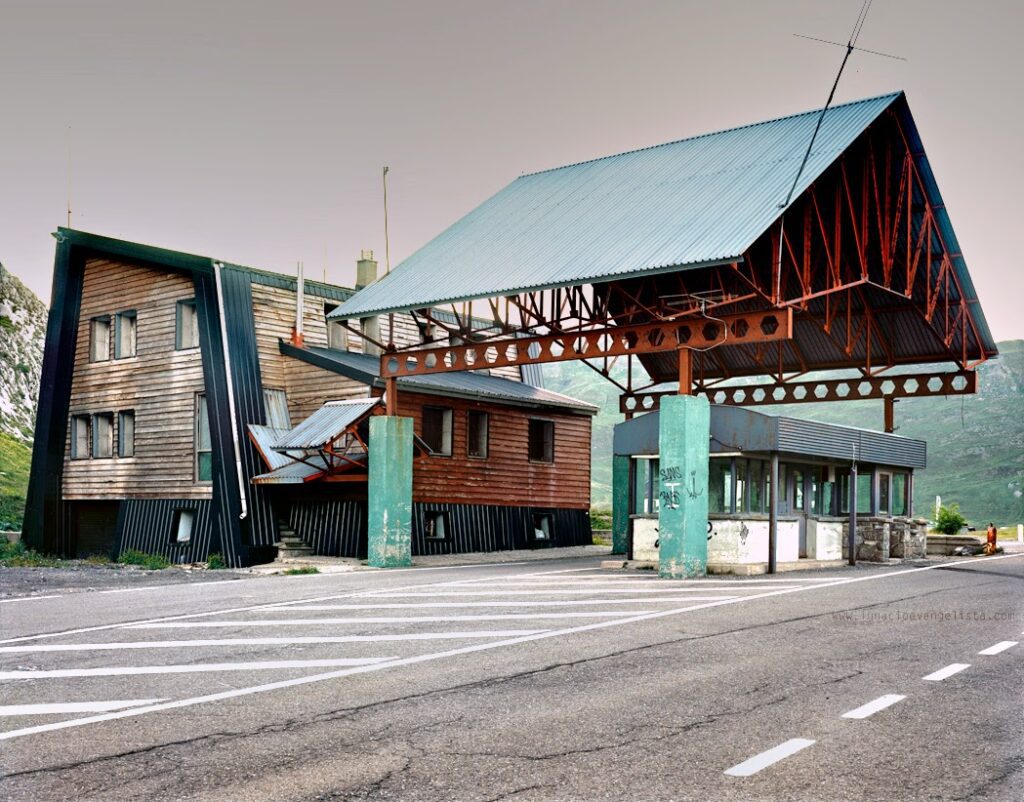
#3
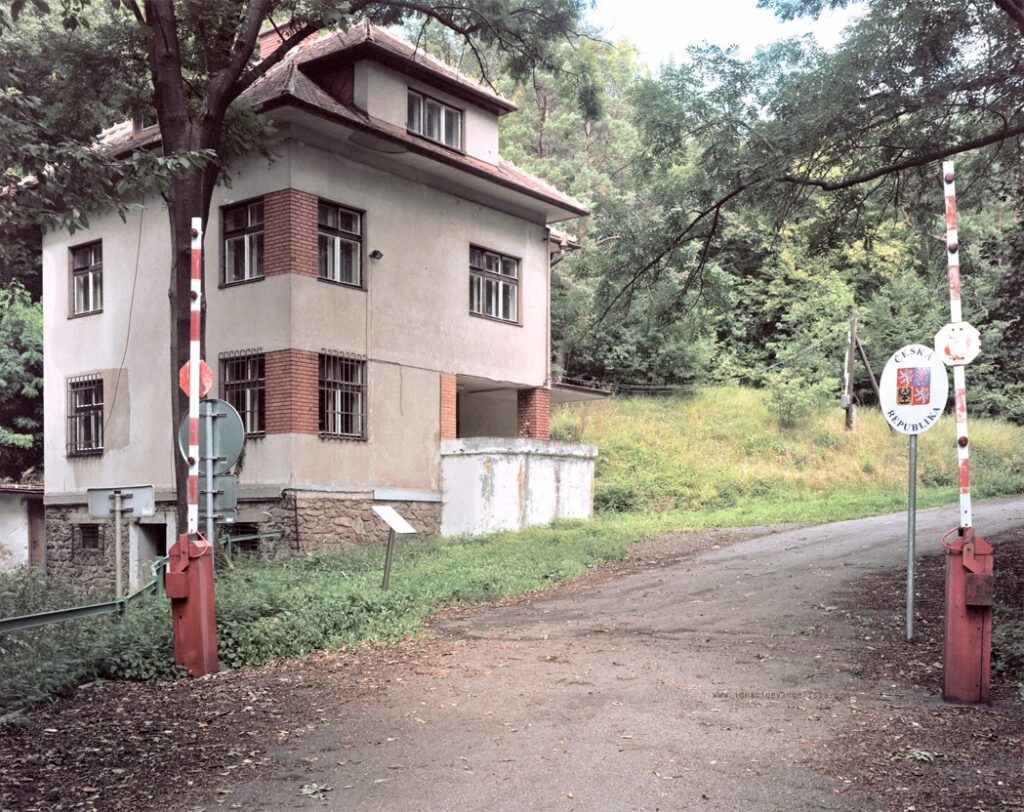
#4
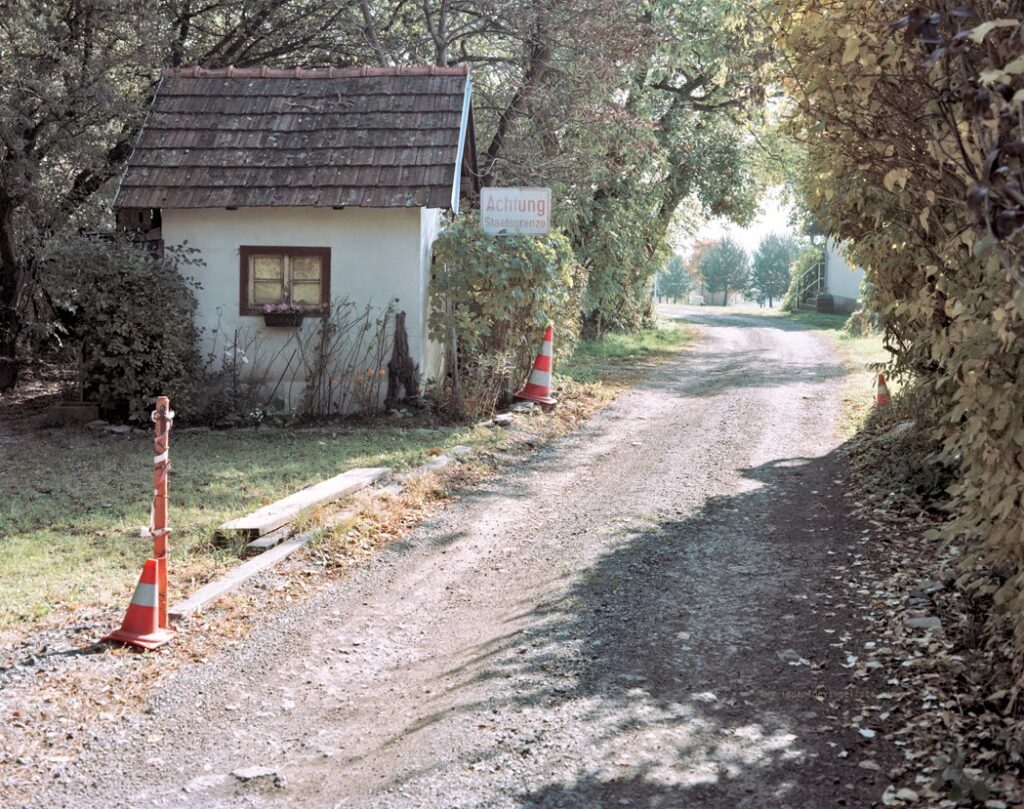
Ignacio Evangelista’s fascination with frontiers was nurtured during his childhood explorations of maps and encouraged further through personal experiences traveling across European borders. His project sheds light on the historical significance of these abandoned checkpoints, showcasing the changing dynamics of Europe’s political and economic alliances.
Evangelista’s lens captures various abandoned checkpoints, encompassing multiple architectural styles and sizes. Some checkpoints are remnants of the Soviet era, grand and imposing, while others are small huts hidden within dense forests. Each photograph tells a unique story, reflecting the passage of time and the impact of the Schengen agreement on Europe’s geography.
#5
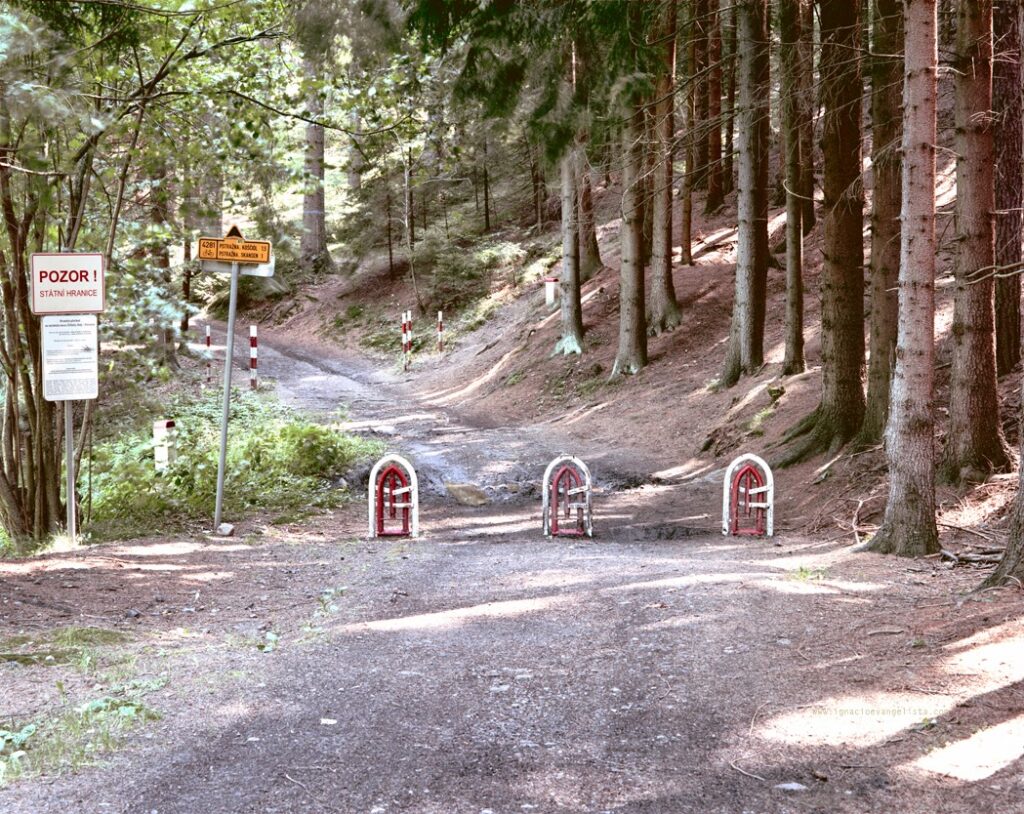
#6
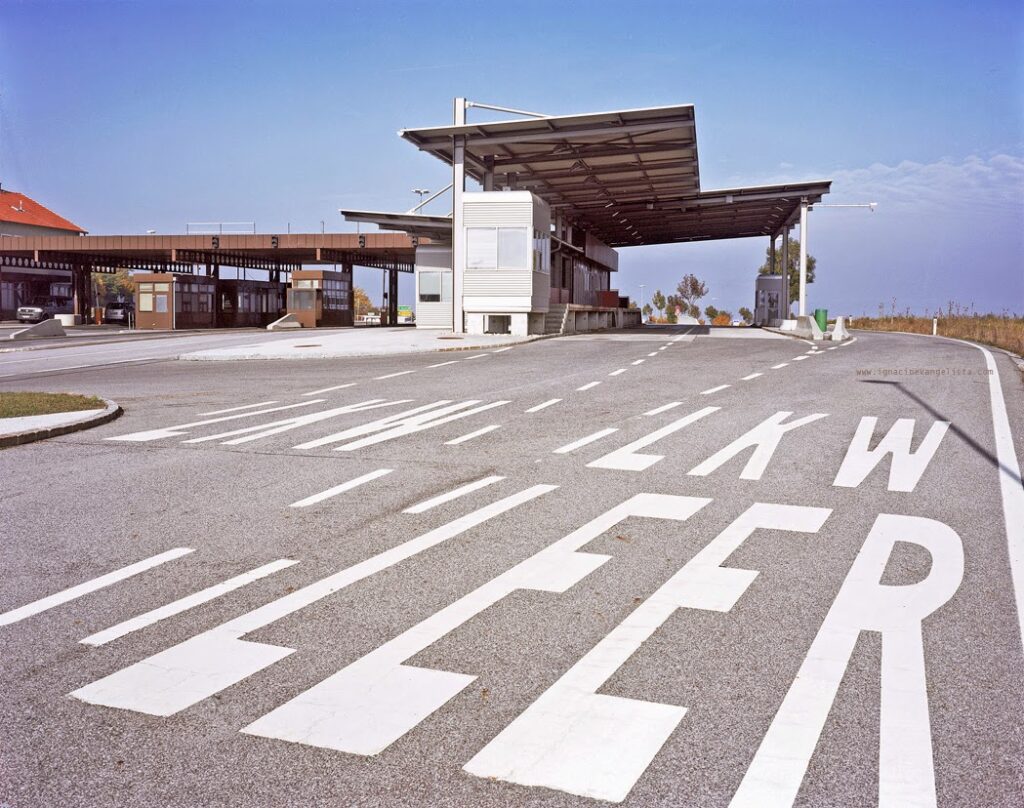
#7
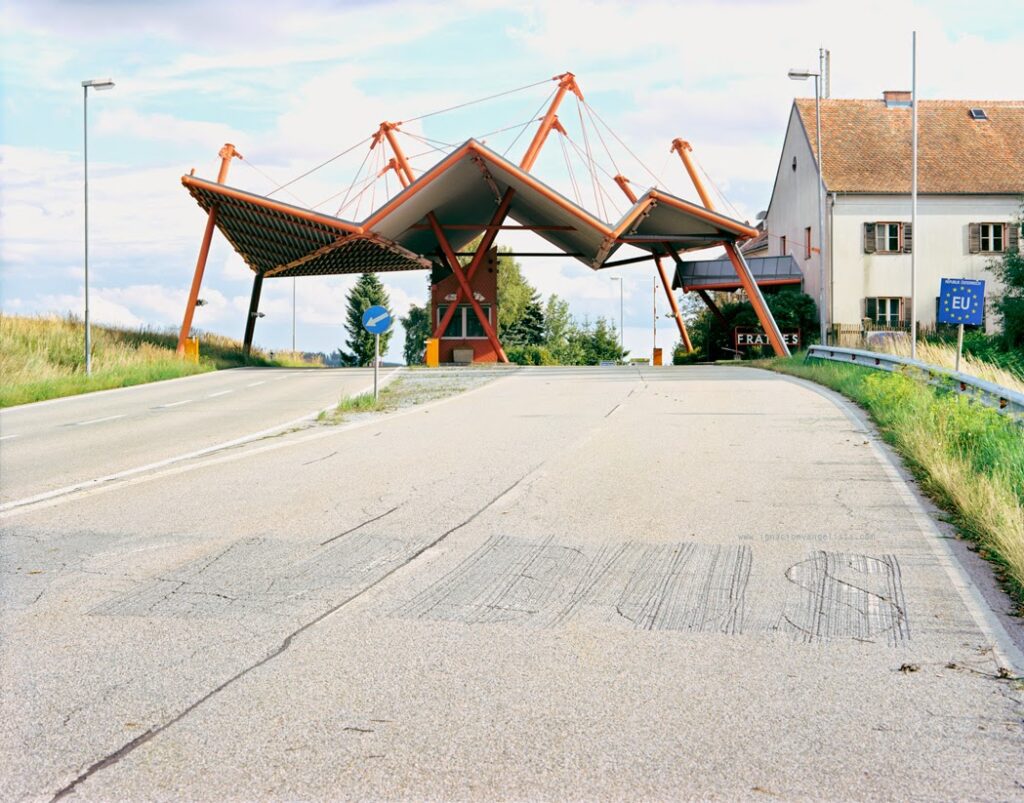
#8
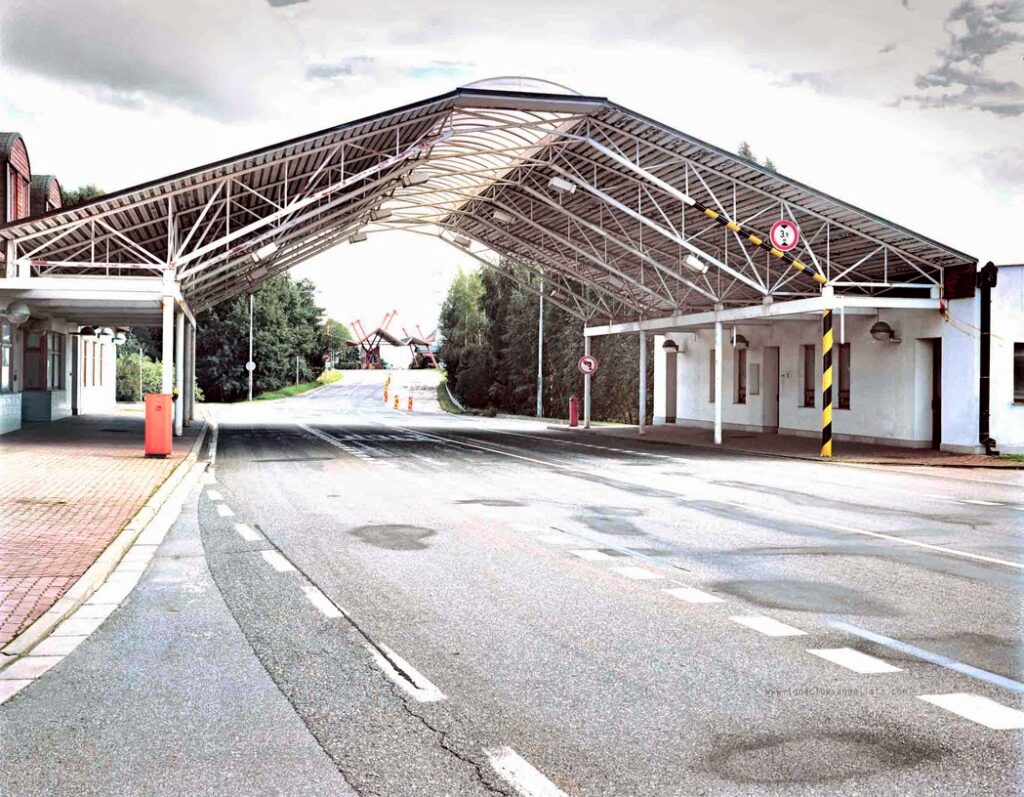
#9
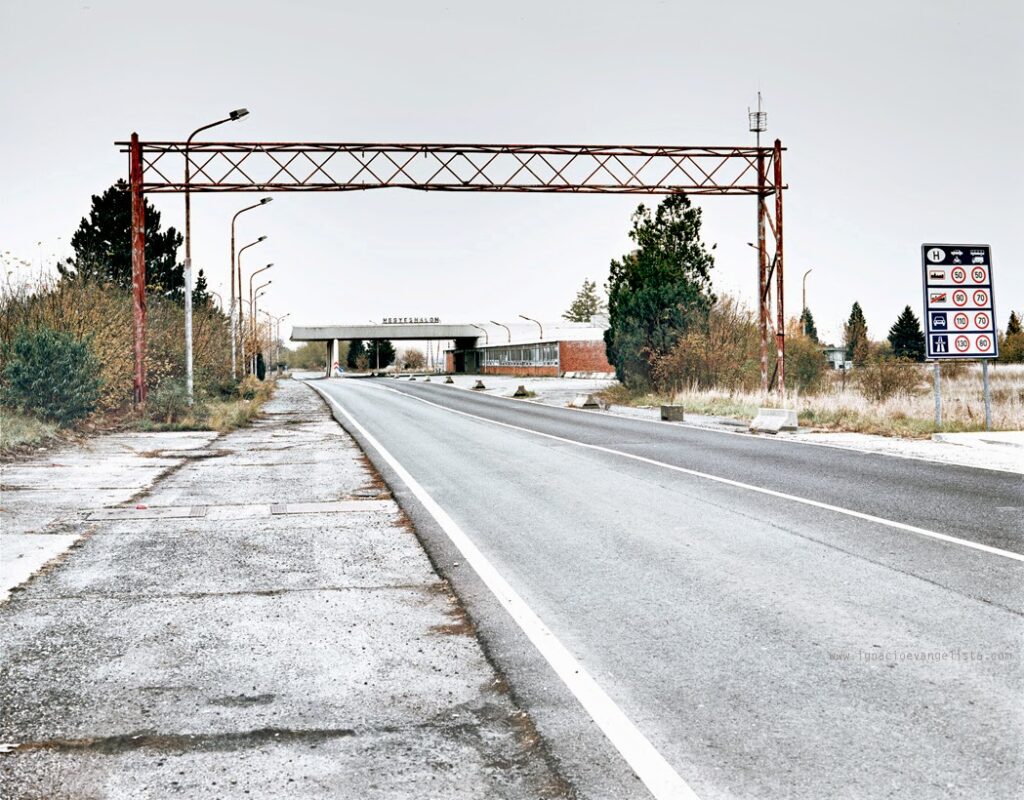
The abandoned checkpoints depicted in Evangelista’s project are potent reminders of the oppressive nature of past divisions and bureaucratic control. They symbolize a bygone era when borders were tightly guarded, hindering the free movement of people. By capturing these abandoned structures, Evangelista highlights the significance of open borders and the positive impact the Schengen agreement has had on the lives of Europeans.
Evangelista’s photographs also reveal the varying maintenance states among these abandoned checkpoints. Wealthier countries preserve them as a historical testament to their shared past, while less affluent nations may allow them to deteriorate. Some checkpoints have vanished, existing only as landmarks on maps or within local folklore. This stark contrast in preservation highlights the differing perspectives and priorities across Europe.
#10
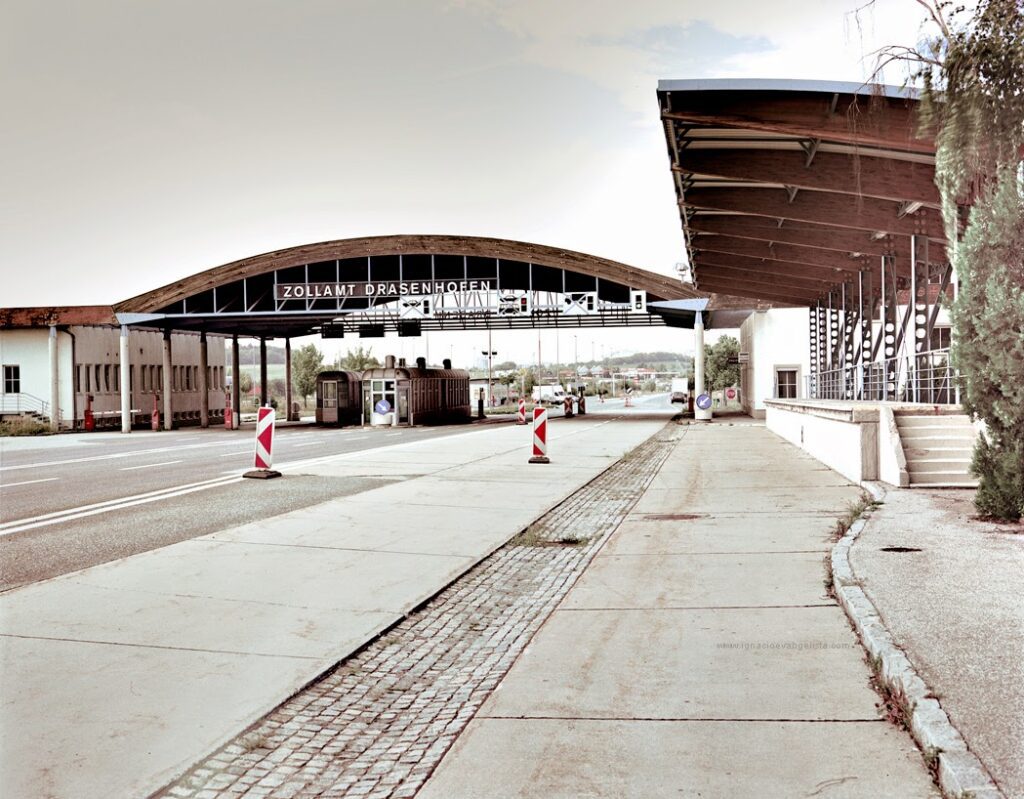
#11
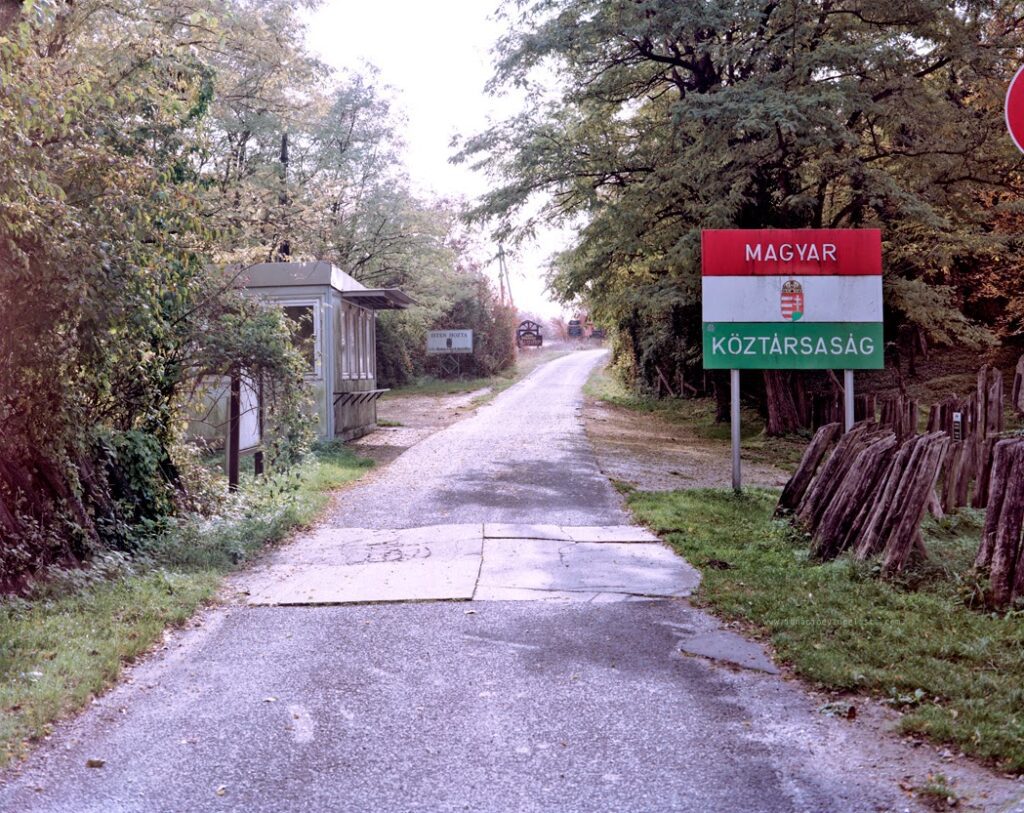
#12
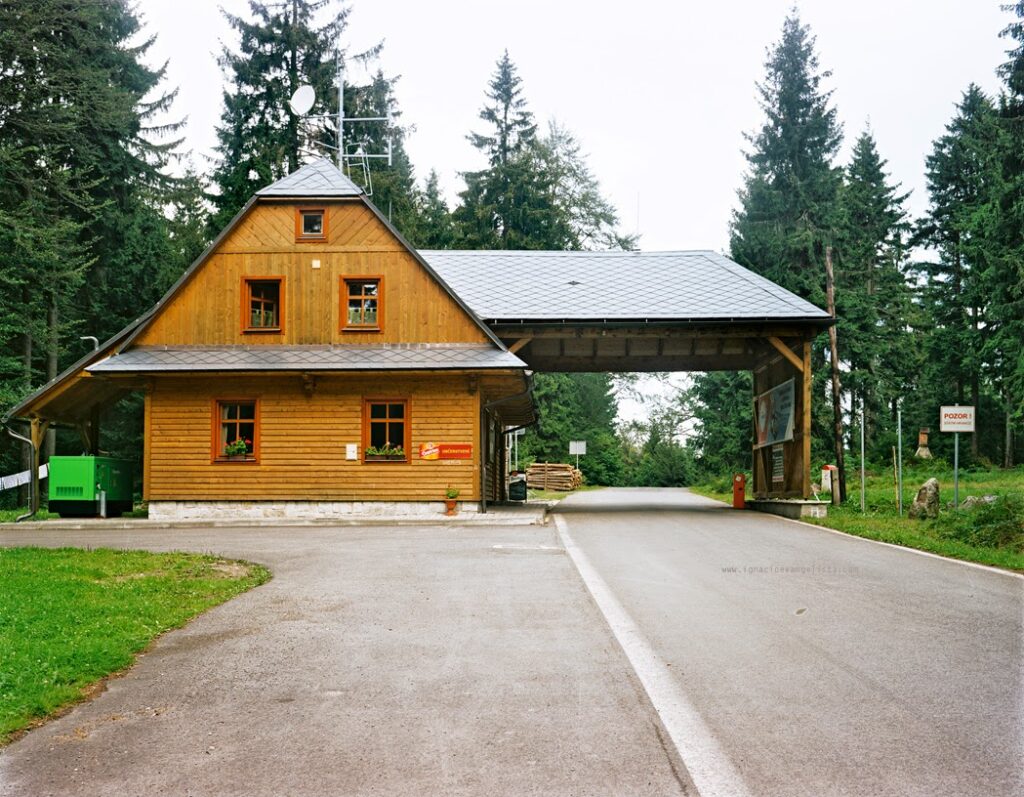
#13
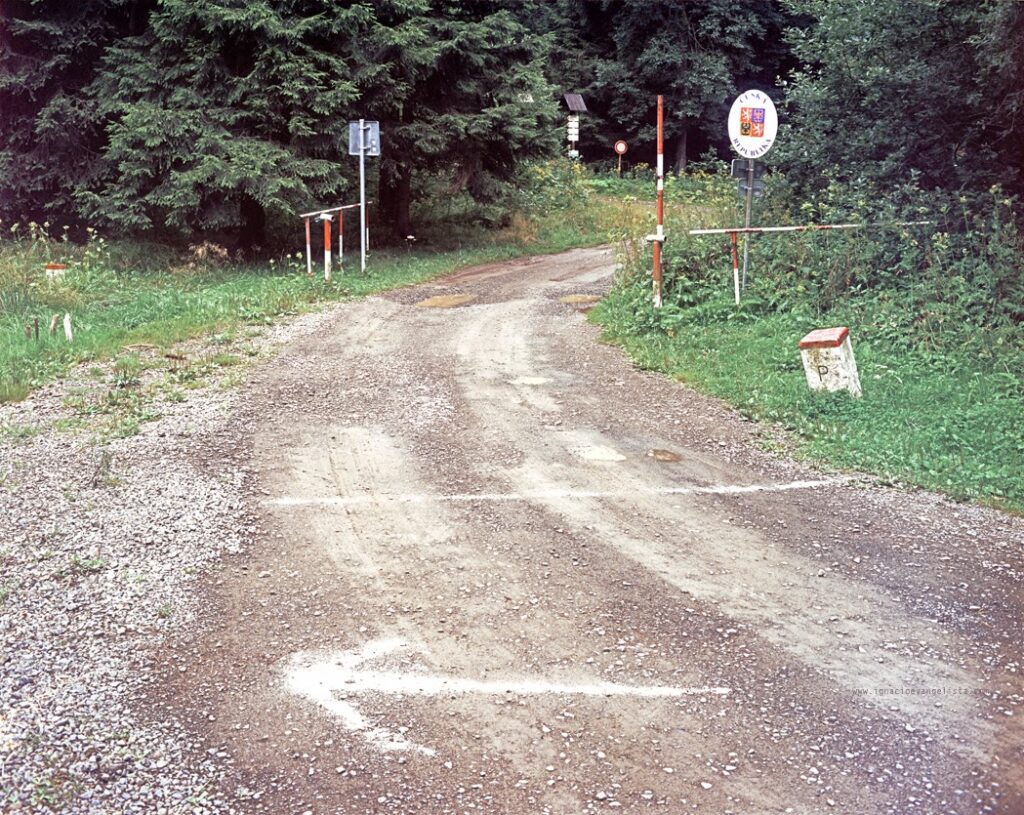
Evangelista’s “After Schengen” project is significant in European history and identity. By capturing the abandoned border checkpoints, he encapsulates the essence of a united Europe, free from the barriers that once divided its nations. The project brings attention to the transformative power of the Schengen agreement, fostering a sense of unity and facilitating seamless travel and exchange within the Schengen Area.
Ignacio Evangelista’s “After Schengen” project offers a captivating exploration of Europe’s forgotten frontiers, where abandoned border checkpoints silently bear witness to the transformative effects of the Schengen agreement. Through his lens, Evangelista showcases the diverse array of checkpoints and their changing states, emphasizing the importance of open borders and the positive impact on people’s lives. “After Schengen” is a powerful reminder of Europe’s historical divisions and the remarkable progress toward a more integrated and interconnected continent.
#14
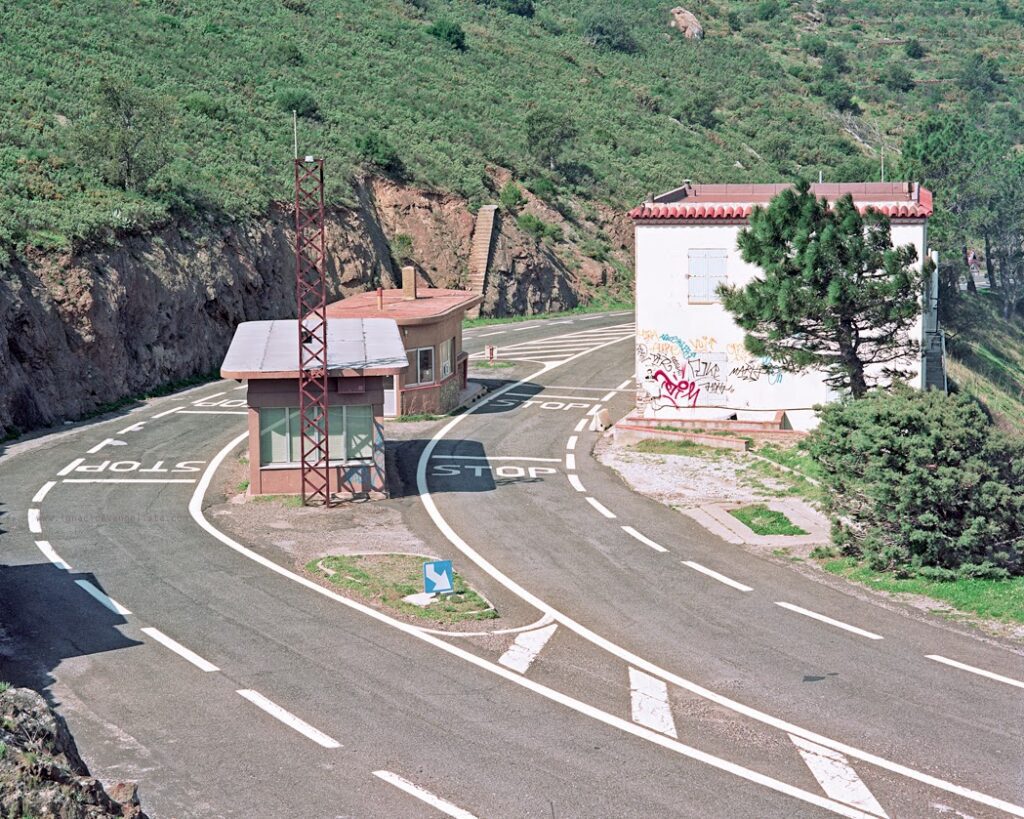
#15
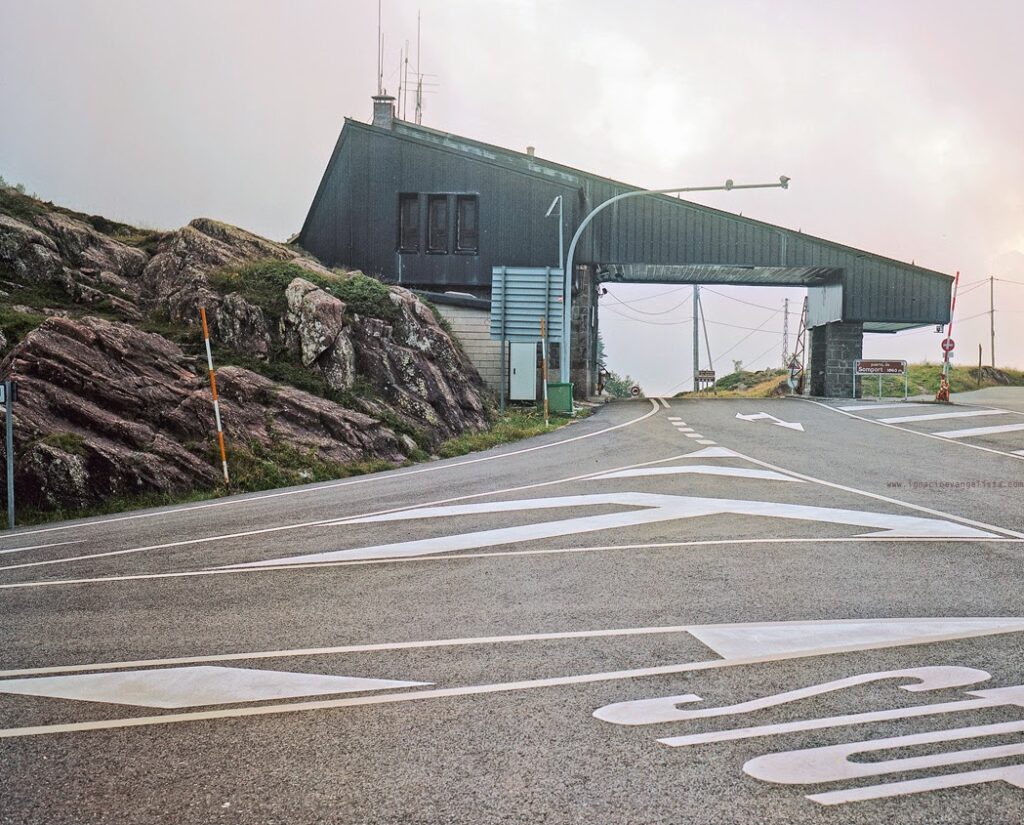
#16
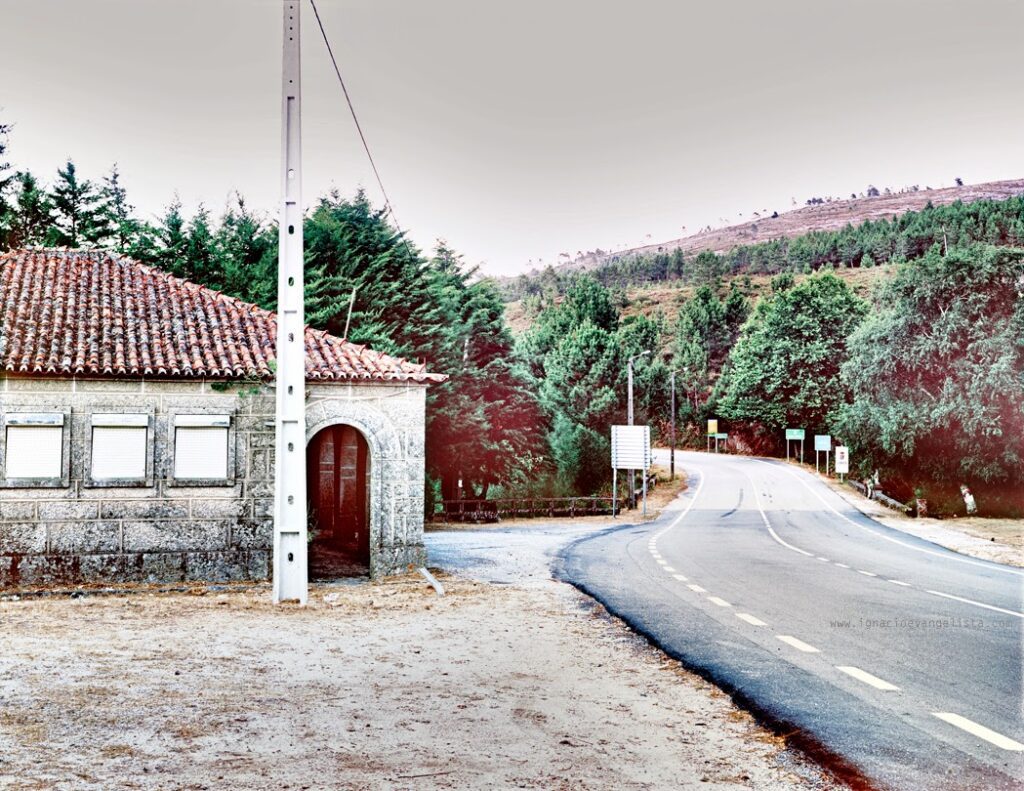
NOTE We do not own any of the images here and all images are copyrighted to their original owners. Please contact us if you wish to remove anything